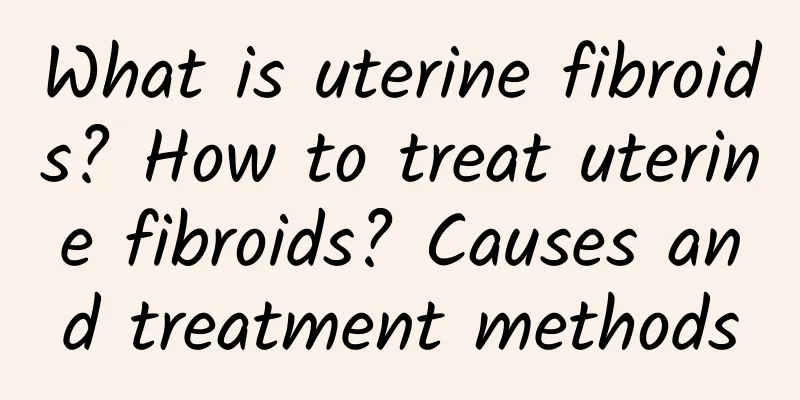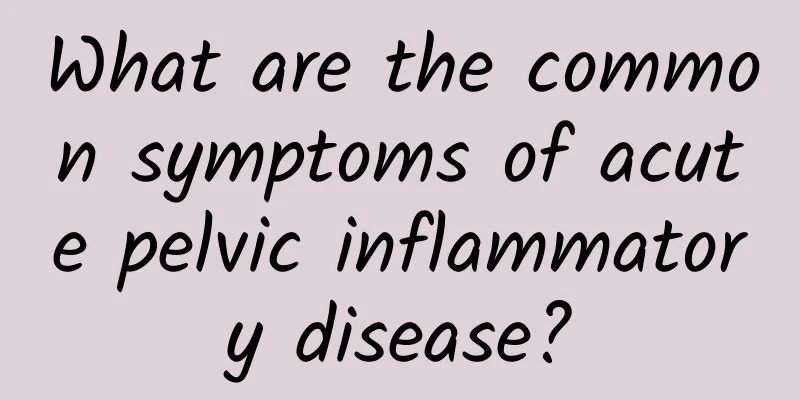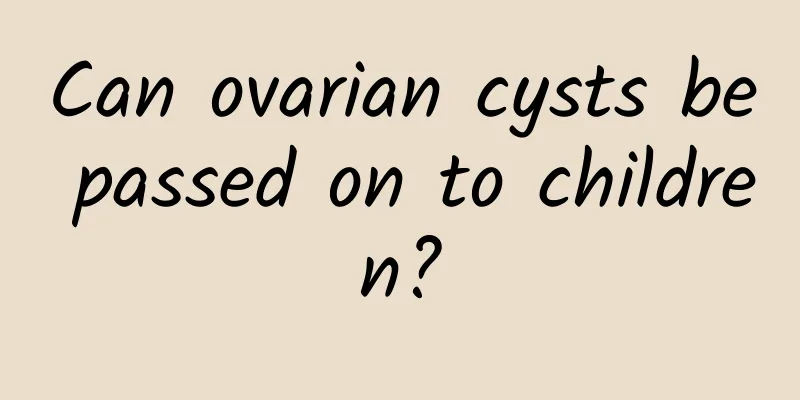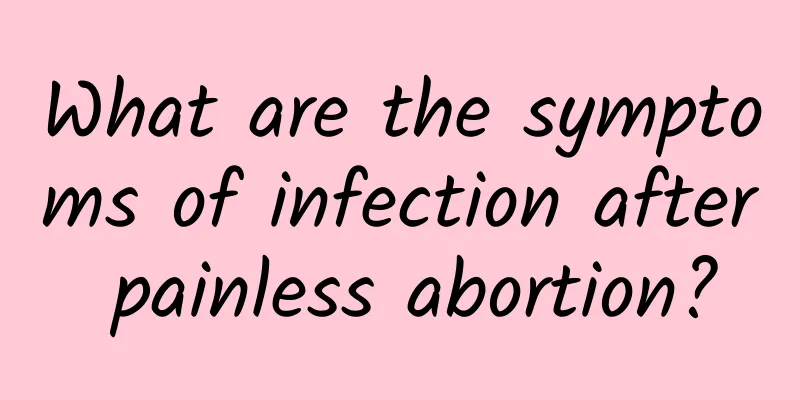What is uterine fibroids? How to treat uterine fibroids? Causes and treatment methods

|
What is uterine fibroids and how to treat them? Uterine fibroids are a common benign tumor in women. They mainly occur in the myometrium of the uterus and usually do not lead to malignant changes. However, uterine fibroids can cause a series of uncomfortable symptoms and interfere with women's daily lives. This article will discuss the causes and treatments of uterine fibroids. 1. Causes The exact cause of uterine fibroids is still unclear, but there are many factors that are believed to be related to their occurrence. Among them, changes in hormone levels are one of the main reasons. Estrogen and progesterone play an important role in the growth of uterine fibroids. Family heredity, obesity, high blood pressure, excessive intake of red meat and other factors may also increase the risk of uterine fibroids. 2. Symptoms Symptoms of uterine fibroids vary from person to person, and some women may not experience obvious symptoms. However, common symptoms include abnormal uterine bleeding, irregular menstruation, abdominal pain, bloating, frequent urination, pressure, etc. For those patients with obvious symptoms, these problems may have a serious impact on their life and work. 3. Treatment Methods Currently, the treatment of uterine fibroids mainly includes drug therapy, surgical treatment and other treatment methods. 3.1 Drug treatment Drug treatment mainly relieves symptoms and controls tumor growth by regulating hormone levels. Commonly used drugs include oral contraceptives, luteinizing hormone-releasing hormone agonists (GnRH-a) and progesterone. These drugs can effectively relieve symptoms such as irregular menstruation and relieve abdominal pain. 3.2 Surgical treatment For patients with larger tumors, severe symptoms or complications, surgical treatment may be a necessary option. Common surgeries include myomectomy, uterine fibroid embolization and hysterectomy. Resection can preserve the uterus, but it will cause a uterine incision, which may have a certain impact on fertility after surgery. Embolization and hysterectomy will treat uterine fibroids more thoroughly, but the latter will lead to loss of fertility. 3.3 Other treatments In addition to drug therapy and surgical treatment, there are other treatment options. For example, laser therapy, microwave therapy and ultrasonic knife therapy. These new technologies can directly transfer heat or energy to tumor tissue to achieve the purpose of destroying the tumor. These methods are relatively safe and effective, but their indications and long-term efficacy still need further research. Uterine fibroids are a common female disease, but they are not life-threatening. In terms of treatment, current methods mainly include medication, surgery and other treatments. Patients can choose the appropriate treatment plan based on their condition and doctor's advice. Although there is currently no way to completely prevent the occurrence of uterine fibroids, maintaining good living habits, a healthy diet and regular check-ups are the key to reducing the risk of disease. |
<<: What to eat after removing uterine fibroids? What to eat after removing uterine fibroids?
>>: Why do many people not have uterine fibroids? Why do some people's uterine fibroids disappear?
Recommend
Will long-term asexuality really lead to premature ovarian failure and endocrine disorders? Gynecologists tell you the truth
Ms. Li is 45 years old and works in a private com...
Can I get pregnant if my endometrium is thick?
Having a disease called endometrial thickness is ...
What is the favorite "metabolism weight loss diet" of Hollywood actresses? Nutritionist teaches quick start
Haley, a well-known American nutritionist. Penloy...
How to treat cervical erosion? Several surgical methods for treating cervical erosion
I believe that everyone is familiar with the symp...
Is there any good way to prevent irregular menstruation?
Is there any good way to prevent regular menstrua...
Women should be alert to the early symptoms of ectopic pregnancy
Many women will not notice the early stage of ect...
The harmful effects of cervicitis in women
Cervicitis is a common disease in life. If you su...
Can female cervical erosion of degree 3 be cured? Try these treatments for degree 3 cervical erosion
Cervical erosion of degree 3 can generally be tre...
What is the main diagnosis for dysmenorrhea?
Dysmenorrhea is a common phenomenon in life, but ...
What are the treatments for female cervical erosion? The three most effective methods for treating cervical erosion
Cervical erosion is indeed very harmful to female...
Early pregnancy pelvic effusion lower abdominal pain
Pelvic effusion and dull lower abdominal pain in ...
Are there any genetic causes of ovarian cysts?
What are the causes of ovarian cysts? Is it relat...
What are the methods to cure vulvar leukoplakia
What are the methods to cure vulvar leukoplakia? ...
How much does the surgery for 3rd degree cervical erosion cost?
How much does the surgery for 3rd degree cervical...
When should ovarian cyst surgery be performed?
Ovarian cyst surgery should be performed based on...









